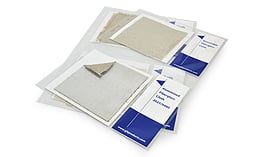Electricity is a vital part of our everyday lives and powers everything we touch or do on many levels. Most of our electricity is generated from traditional fuels, such as coal, natural gas, hydro and nuclear. Renewable energy sources such as solar and wind have grown over the last few decades. What do all of these have in common? Industrial insulation.
The major types of generating electric power plants today are shown below.
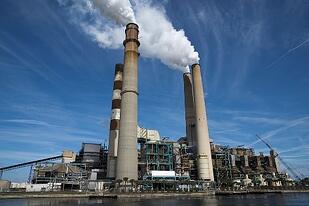
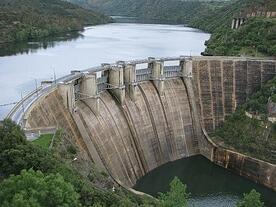
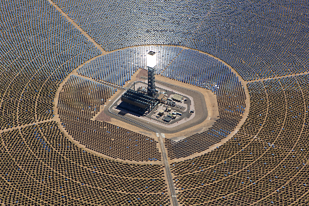
Fossil Fuel Power Plant Hydroelectric Power Plant Solar Power Plant
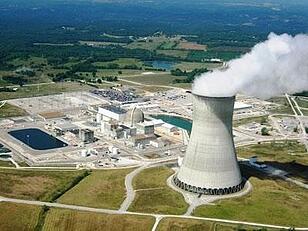
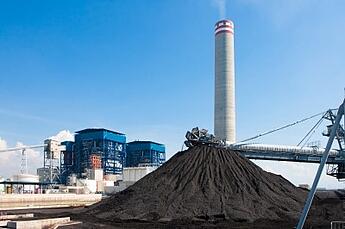
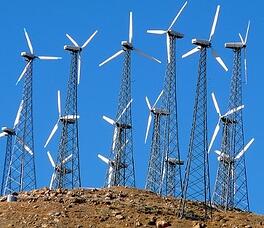
Nuclear Power Plant Coal-Fired Power Plant Wind Power Towers
Insulation in Power Plants
Industrial insulation is a key component of any of these plants. It helps the steam generating boilers keep their temperatures at certain levels. These facilities contain miles and miles of mechanical piping which move materials from point A to point B. These pipes require insulation to maintain temperatures along the electricity generating process. Insulation helps to maintain a certain temperature along the electricity generation process.
Choosing the correct insulation is critical when working in such extreme, high-temperature environments. The insulation can help prevent CUI (corrosion under insulation), weathering, and injuries or death. Insulation will also reduce the amount of unnecessary noise on the plant floor. Most importantly, it creates energy efficiency in the systems to reduce waste. Power plants need the most cost-effective and thermally efficient insulation materials that will last 15 to 20 years or beyond.
For example, the maximum temperatures at a steam-generating facility (boiler exit flue gas, air ducts to the wind box, and saturation temperature on boiler walls) are typically between 500°F and 700°F. These systems require insulation to either maintain temperatures or to protect personnel.
The table below lists four of the most common types of materials used in the electric power-generating industry to insulate boilers, wind boxes, flues, and air pollution equipment.
|
Material |
Advantages |
Disadvantages |
|
Stone Wool |
- High impact resistance - Low moisture absorption - Non corrosive - Fire resistance - Cuts with a knife, reducing labor costs - Conforms to irregular surfaces - Temperature range up to 1,400°F
|
- Loses its binder when exposed to heat above 450°F - Does not have load-bearing capabilities
|
|
Fiberglass Board |
- Cuts with a knife, reducing labor costs - Lighter in weight - Has some flexibility to conform to irregular surfaces |
- Does not have load-bearing capabilities - Once it’s heated, it loses water resistance qualities - Has a higher shrink rate than other materials - Temperature range up to 850°F |
|
Ceramic Fiber Blanket |
- Can endure some physical abuse without breaking - Cuts with a knife, reducing labor costs - Has some flexibility to conform to irregular surfaces - Temperature range up to 2,600°F |
- Does not have load-bearing capabilities - Once it’s heated, it loses water resistance qualities - Loses its binder when exposed to heat above 450°F - Loses binder and fiber when exposed to high vibration
|
|
Calcium Silicate |
- Provides a hard load-bearing surface - Temperature range up to 1,200°F |
- Fragile, heavy, labor-intensive to install - Absorbs moisture that could accelerate CUI |
|
Cell Glass |
- Corrosion resistant - Zero water vapor permeability - Easy installation - Dimensional stability - Fire resistant - High compressive strength
|
- Fragile - Susceptible to vibration-induced damage - High installation costs |
Works Cited
Bases, Gary. “Insulation and Lagging Fundamentals.” POWER Magazine, POWER Magazine, 27 Nov. 2012, www.powermag.com/insulation-and-lagging-fundamentals/.
Hanania, Jordan, et al. “Power Plant.” Power Plant - Energy Education, energyeducation.ca/encyclopedia/Power_plant.

